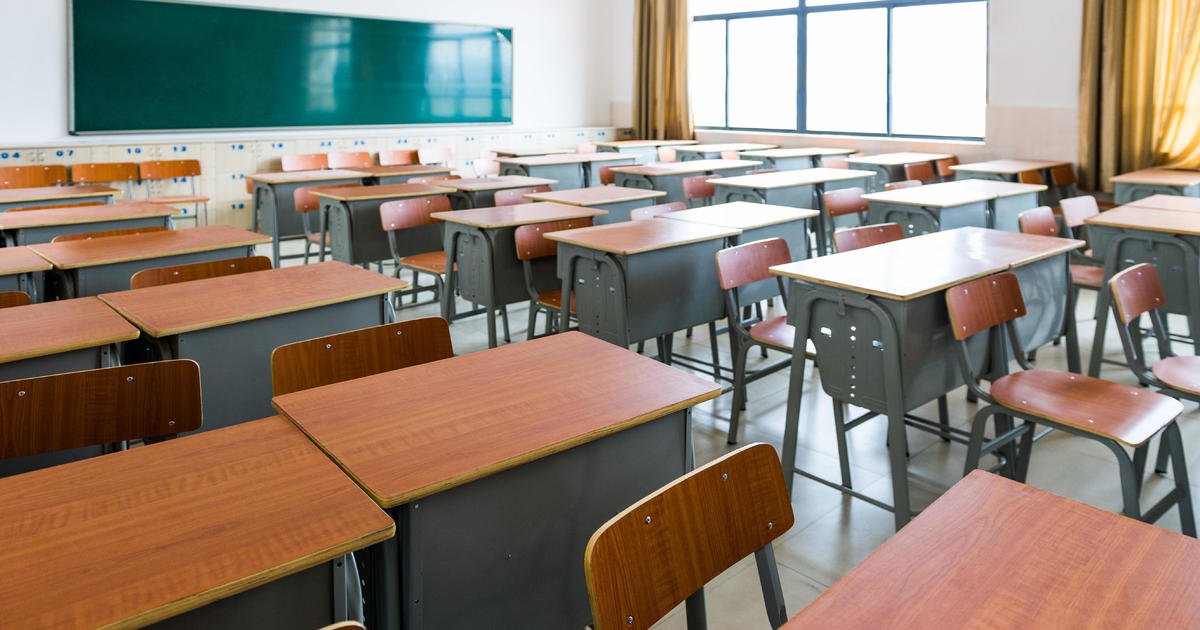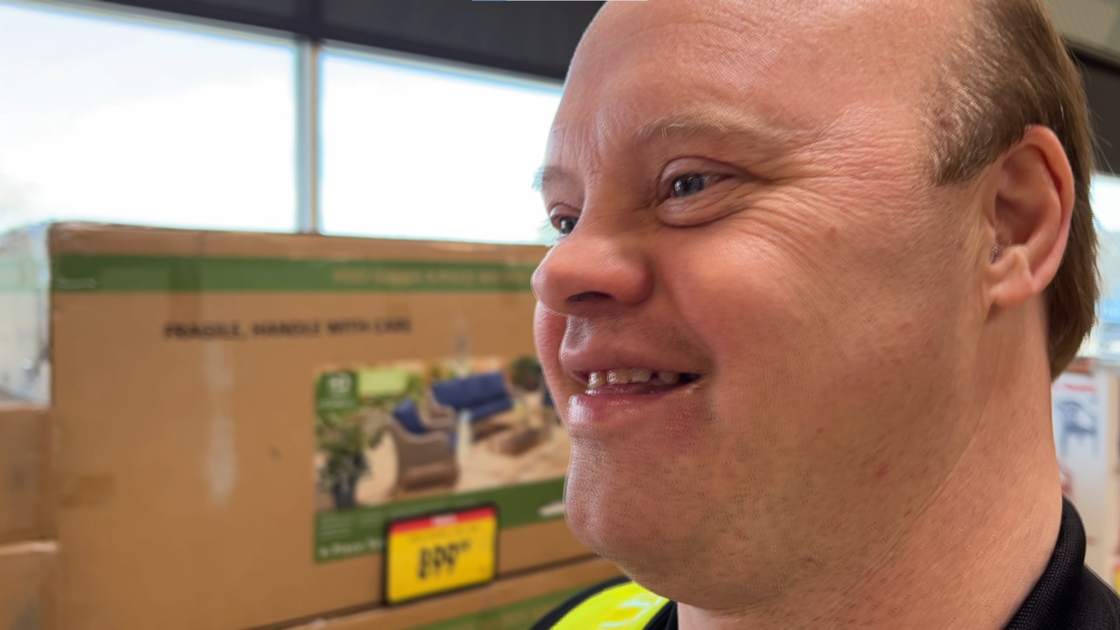Tech Tour Day Five, Too: Ferris State Spectacular
Ferris State University is one of those schools that isn't afraid to let its nerd flag fly.
Its roots are in a private vocational school, and it's still in the two-year associate's degree business in some technologies that are important to society but rarely degreed -- rubber engineering technology, for instance.
My visit to Bulldog Country started with a presentation from Carl Shangraw, professor of surveying engineering. He walked me through all the stuff people know surveyors do -- establishing legal boundaries -- to the stuff people have no clue surveyors do, from setting up a local geocache to position offshore oil rigs to manage sophisticated geographic Information systems to helping design everything from tall buildings to freeways to railroads.
Surveying can be used to remote-control farm and road building machinery -- something that Shangraw said has not yet taken off in Michigan but apparently has elsewhere.
Of particular interest to Ferris is hydrographic mapping -- surveying the bottom of bodies of water. Gone are the days of guys in small boats with weighted ropes measuring depths. These are the days of stereoscopic sonar. Ferris is working with Northwestern Michigan College in Traverse City to create a hydrographic surveying system out of NMC's maritime academy boat.
Shangraw said he and a couple of Ferris students spent last summer for the National Park Service, mapping the bottomlands between Sleeping Bear Dunes and the Manitou Islands. Among their discoveries -- what appears to be an ancient river bottom in Good Harbor Bay, marking a river that emptied into a smaller ancient Lake Michigan when the shoreline was several miles farther west than today's lake.
Shangraw said the Ferris surveying engineering degree program now has 75 students, down from 125 a few years ago. He blamed the state's poor economy. But even so, he said the program gets three offers for every graduate, with starting salaries all above $50,000. Most of them, though, have to leave Michigan.
The next presenter, Joel East, a senior in surveying engineering, related how he worked surveying a particle accelerator, the Thomas Jefferson National Accelerator Facility, in Newport News, Va.
East said he and his crew were brought in to make sure the accelerator's huge racetrack still lined up as the atom smasher prepared for a power upgrade from six billion electron volts to 11.
----------
My next presentation came from Brian Holton, a professor of heating, ventilation, air conditioning and refrigeration at Ferris. These days, he's working on something called the Legacy HVAC Equipment Field Evaluation and Performance Testing research project.
This U.S. Department of Energy funded effort aims to bring scientific rigor to quantify just how quickly appliances and heating and cooling systems lose their efficiency. It's such a new idea that Ferris had to develop its own testing equipment and methodology to do the work.
Holton said the effort should give the federal government an idea of how much efficiency a 10-year-old furnace originally rated at 90 percent efficiency has lost. That will guide the government's recommendations on replacing old appliances.
There's also a second federal contract that will test energy-saving retrofit measures for their cost-effectiveness.
"We will take three test homes, one control and the other two experimental, install different retrofit measures, and test them, to determine their cost effectiveness," Holton said.
And that means designing algorithms and new technologies to simulate human occupancy of a house -- everything from lights going on and off to refrigerators opening and closing to ovens going on and off to thermostats going up and down.
More at http://www1.eere.energy.gov/buildings/building_america/.
----------
Next I heard from Brian Craig, Ferris State's director of the school of built environment. He updated me on Ferris's new bachelor of science in architecture and sustainability, which enrolled its first class this year.
"The program has generated a lot of interest," Craig said. "We're already getting more requests than e can deal with from small communities for help with planning project sand from the architectural community."
Craig said Ferris' in various architectural programs is likely to hit 120 next year, up from 100 now.
Ferris is also adding a program in Energy Systems Engineering and is adding a solar and wind engineering lab.
----------
Craig and Deborah Dawson, director of Ferris State's College of Engineering Technology, also updated me on Ferris State's Energy Conference, which will be back for a fifth year April 12 -- with a few new wrinkles.
For one thing, the conference is moving to Grand Rapids -- specifically Meijer Gardens. And its agenda will be slimmed down to "one jam packed day" from the prior two days, Dawson said. The theme is "Research to Reality," and Grand Rapids Mayor George Heartwell will offer the opening keynote.
Craig said this past spring's conference had "terrific content," but Ferris was running into trouble getting people to commit to spending two days, not to mention driving to Big Rapids and paying for a hotel night.
----------
My final Ferris visit came from the gearheads -- the Ferris folks who put science into four wheels. Greg Key, director of school of automotive and heavy equipment, Patrick English, associate professor, automotive engineering technology and Russ Leonard, coordinator for the automotive engineering technology program and associate professor all assured me that automotive education is alive and well.
"Everything is expanding," Key said, pointing out that Ferris' enrollment in automotive engineering technology of 170 leads the nation, and that of last year's 45 graduates, 29 are now working in the Detroit area. Every grad had more than two job offers.
English said Ferris recently purchased fuel cells "so that all the students get a chance to work with fuel cells and test them," and that Ferris' hybrid vehicle lab will be more sophisticated than an auto dealer's.
Leonard said he's continuing his work into biodiesel blends, developing the ability to test biodiesel blends, and is adapting a lawn mower to run on biodiesel.
Key said Ferris continues to bring in students from around the nation and the world based on its automotive engineering technology programs. "Our students come from 20 states and 16 countries, and it's not like we go all those places to recruit them," Key said. "It'd that we come out on top on Google in automotive engineering technology."
And what's the difference between automotive engineering and automotive engineering technology? In the latter, the students start out hands on -- learning how to do the technician work, learning how to repair cars before moving on to engineering theory. Key said a Ferris grad won out over 400 applicants for an opening at a Hyundai engineering center "because he can run the dyno."
-----------
And so I headed off to Tuesday's visit with Grand Valley State, convinced once again that there's much more to Ferris State than meets the eye. (And we didn't even get into the univerisity's ophthalmology program, the only one in Michigan!)



